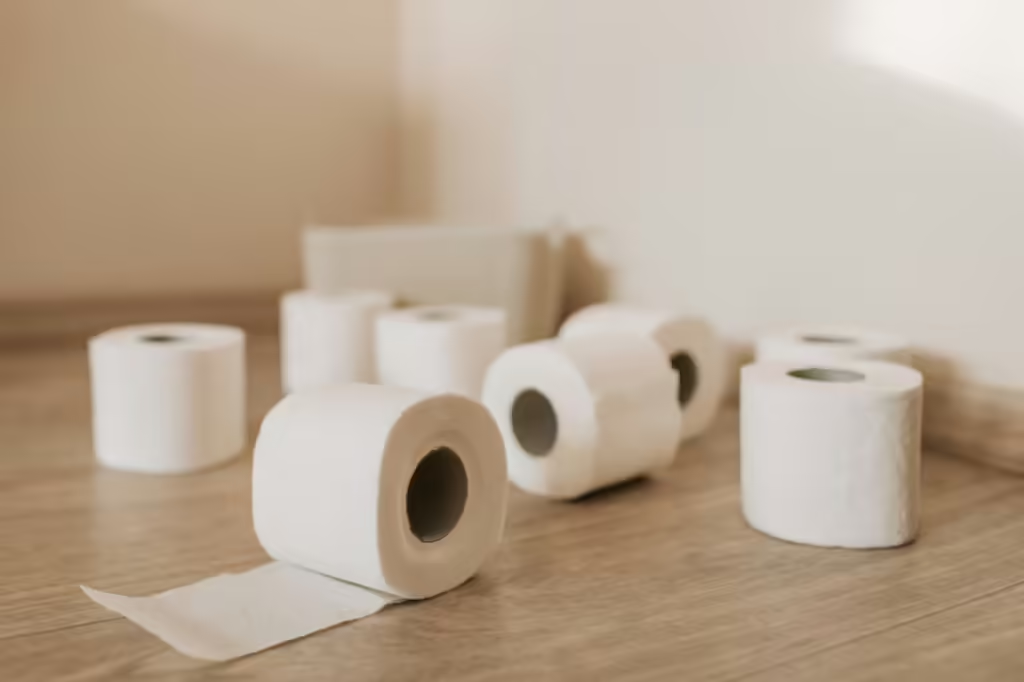By Nilufer Erdebil
____
I have a unique habit of observing everyday objects and how they are used in different countries.
A few months ago, I found myself with a few hours to spend during a layover at an airport in another country. After getting off the plane, I immediately needed to use the bathroom. Since I drink a lot of water throughout the day, I’m used to frequent bathroom breaks, which also means I’ve seen the inside of many public restrooms. Some are surprisingly impressive, especially in restaurants. At one point, I even considered creating a coffee table book about the best bathrooms in Canada.
When I used the restroom at this airport terminal, I was struck by how thin the toilet paper was. I had to fold it several times before using it.
Later, as my layover continued, I moved to another terminal for my next flight. I also really like coffee, so I had one early on during the layover. Before boarding the plane, I needed to use the bathroom again. When I entered the stall and started using the toilet paper, I noticed how much nicer it was compared to the previous terminal. It was such a big difference from the first terminal that it caught my attention.
When I mentioned my observations to a friend, he mentioned that the two terminals likely had different budgets. The first terminal was a bit older and more run down, while the second terminal was newer. The feel of the second terminal being newer and looking better wasn’t just about the construction – it extended to the quality of the paper in the bathrooms. The customer experience in the second terminal seemed to be more thoughtfully designed, even down to the quality of the toilet paper.
The difference in toilet paper reflected what was important in each terminal and how decisions were made in both organizations. The second terminal appeared to be more customer-focused, while the first seemed more budget-focused.
This also hinted at potential challenges in how the airport was being run as a whole. The two terminals were likely operating in silos, with different decision-making processes, priorities, and missed opportunities—like not leveraging better purchasing power by standardizing something as simple as toilet paper.
When I ask the businesses and leaders we work with what some of their challenges are, one common answer is that their organizations are siloed. Whether it’s due to leadership styles, different mandates, or the histories of various departments, many companies struggle with alignment.
Organizations that face fewer challenges with silos tend to focus on aligning the customer and the customer experience across every department. It’s not just marketing, sales, customer service, or product development that focuses on the customer – it includes procurement, maintenance, finance, HR, and operations as well.
As you think about growing your organization, consider how customer-focused it is across every department. How well do your executives and employees know your customers and the experience your business aims to provide them? Aligning the entire organization around the customer experience and integrating customer feedback can unlock new levels of growth and creativity.
So, let me ask: what does the “toilet paper” in your business say about your organization?
_____
RELATED BLOGS
_____
Ready to transform your organization ? Contact us today to learn more about our comprehensive solutions.
Contact us today to learn how we can help you achieve your strategic goals.
